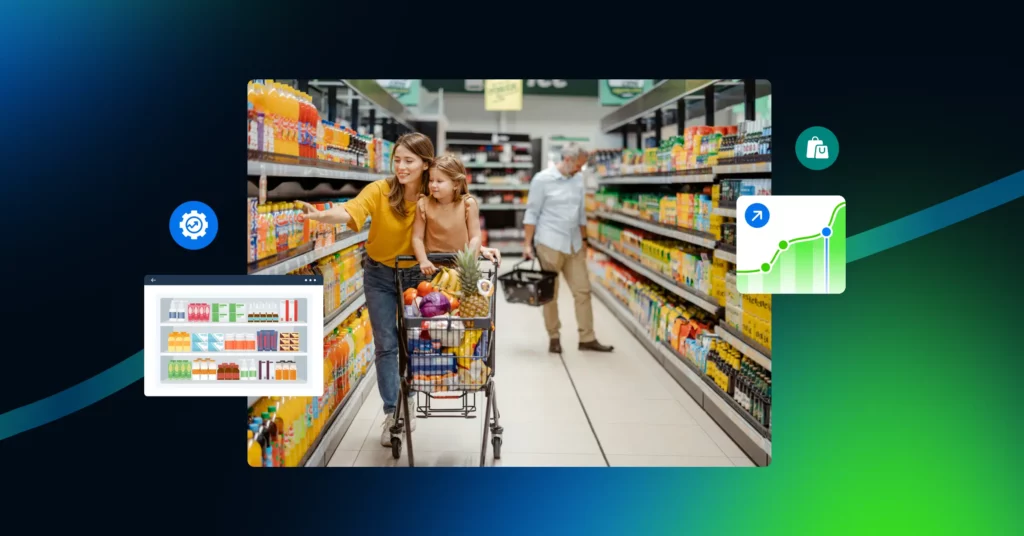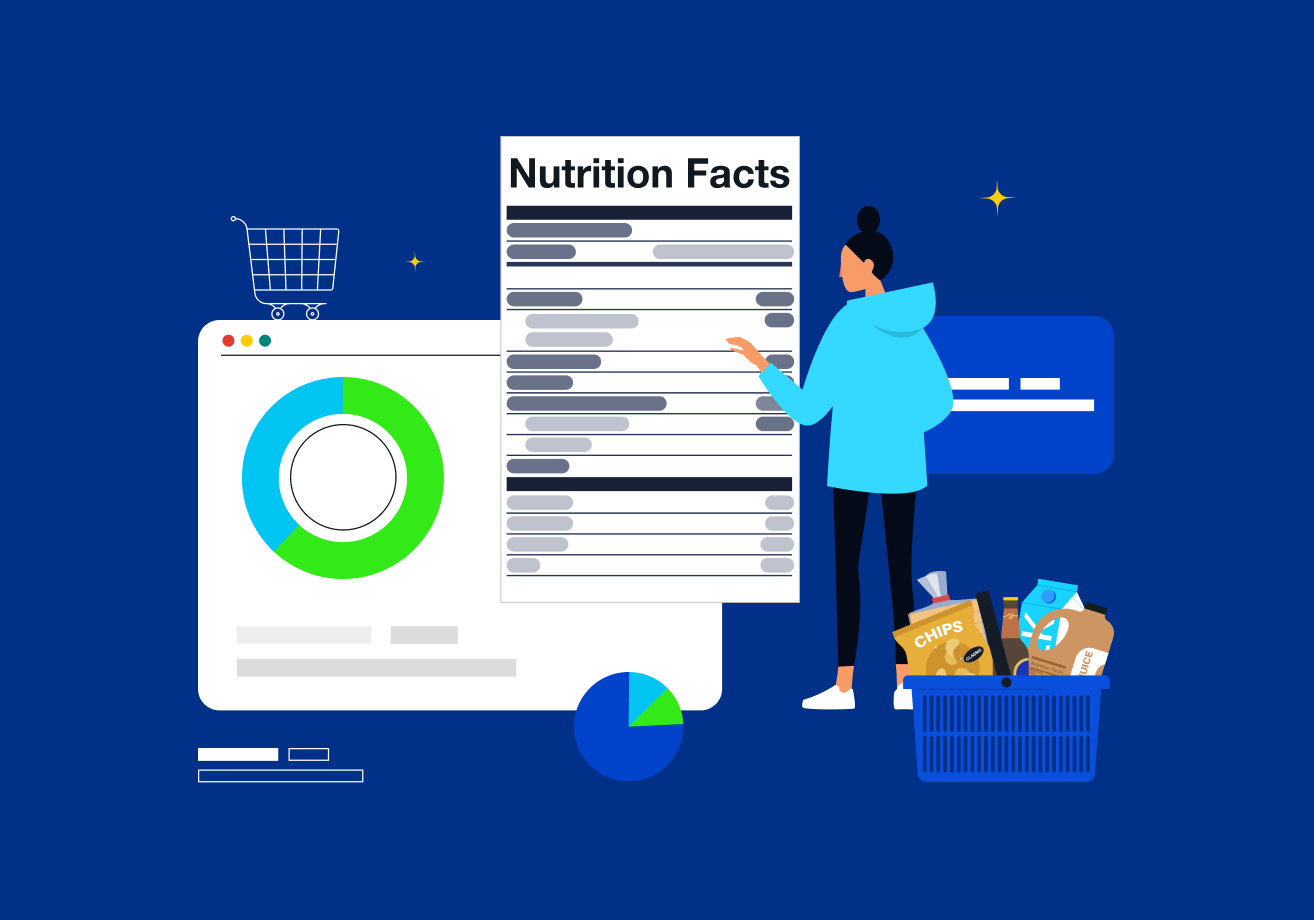In the grocery and convenience retail sector, tariffs can significantly disrupt planogram compliance due to the rapid turnover of products, dependence on imports, and narrow profit margins. As tariffs are added (or changed), they introduce unpredictability in product availability and pricing. In a segment where planograms are crafted for efficiency and sales speed, this unpredictability undermines compliance.
Here are four of planogram compliance challenges that can happen, and a framework for addressing them.
1. Product Availability & Substitution
Challenge: Tariffs may disrupt imports of key grocery items such as canned goods, coffee/tea, spices, wine/beer, and spirits. This in turn leads to increased SKU substitutions and out-of-stocks.
Result: Planograms no longer match actual on-shelf inventory.
2. Pricing Volatility & Sales Shifts
Challenge: Tariff-driven cost increases can change retail prices. Ever-changing retail prices impacts sales velocity and shelf-turn rates.
Result: Space allocations in planograms become misaligned.
3. Private Label Prioritization
Challenge: Grocers may shift to cost-effective private labels in response to cost or availability challenges. However, original planograms often center on national brands.
Result: Manual resets and overall reduced planogram compliance.
4. Labor & Execution Challenges
Challenge: More frequent shelf resets may be needed to stay accurate. This places a burden on store teams who already face time and resource constraints.
Result: Incomplete resets and increased noncompliance.
Addressing the Impacts of Tariffs
Tariffs cause volatility in retail supply chains, directly affecting planogram execution. Agile merchandising strategies and flexible planogram systems are crucial for maintaining shelf discipline. Consider these questions:
- How effective are your space management efforts?
- How are you boosting category sales?
- What is your strategy for reducing reset times?
- How are you handling constant price changes at the shelf?
The following key metrics can help you identify areas for improvement, optimizing shelf space to enhance productivity and profitability:
- Space utilization
- Sales per square foot (Every inch of the shelf counts!)
- Gross margins return on investment
- Space allocation efficiency
These metrics are most effective when paired with accurate product dimensions and images in your planogram software. The worst-case scenario is misjudging available space, leading to inaccurate planning, and thinking you have more space than you do. Garbage in equals garbage out!!!
With your planogram set complete, how is your on-shelf execution? Implementing a solid Shelf Edge program can solidify your ROI on the shelf. By utilizing this program, stores can increase category sales by up to 8%, reduce reset times by 30%, and potentially cut labor costs by as much as 60%. A Shelf Edge program can address operational challenges and enhance the overall shopping experience for customers.
Amid growing uncertainty around tariffs and their effects, retailers and brands that can quickly adapt using dynamic planogram programs will come out ahead.










